
Hyper Light Breaker is a new action rogue-lite adventure game from the creators of Hyper Light Drifter. In it, players explore the Overgrowth, a new land set in the Hyper Light universe. To promote the game, Heart Machine, an independent video game development studio teamed up with Studio Grackle to create a traditionally animated 2D trailer.
Founded by Spencer Wan, Studio Grackle is a small team of talented artists working from around the world. We caught up with Spencer to learn more about how Studio Grackle came to be, and the work that went into the Hyper Light Breaker trailer.
Can you start by sharing how you got into animation?
I’m actually a college dropout! I had gone to school for animation, but ended up leaving the program because I didn’t feel like I was getting the education I wanted. The program covered a lot of what I already knew, so I didn’t feel like I was being challenged enough. It wasn’t worth the money I was spending on tuition, so I left.
After leaving school, I went to work at a tire shop for a while. I had a few small jobs in animation, but I was starting to give up on making it my career. That’s around when Sam Deats, director of Castlevania, came across my Tumblr blog. He got in touch to ask if I would come work at Powerhouse. The studio landed Castlevania shortly after I got there, and I eventually became the animation director. That project really put eyes on my work for the first time.
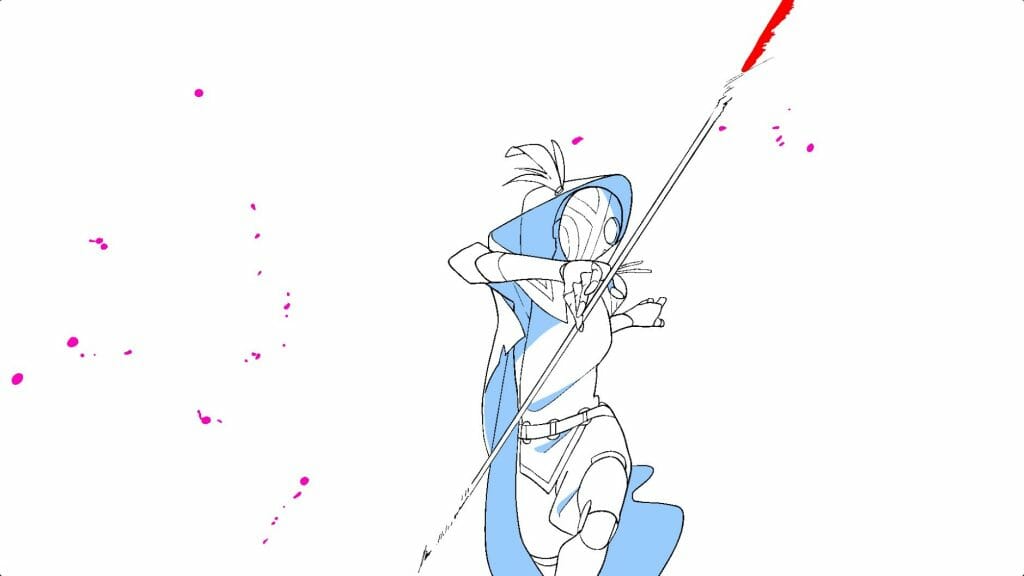
Could you tell me about Studio Grackle? When did you create it and what kind of work does the studio do?
Studio Grackle was founded kind of accidentally. I started the company to get around the California Assembly 5 Bill, which is meant to extend employee classification status to some gig workers. The bill was getting in the way of being able to work with Supergiant Games, so I created Studio Grackle. I thought it would be a fun experiment. But while I was working on the project, I realized that I really like collaborating with people a lot more than working on my own.
So I kept Studio Grackle up and we’ve now taken on a few projects. Basically everyone at the studio is moonlighting from all over the world. Many of the artists I work with are friends from around the industry, people I reach out to online, or students still in school. With every project our work gets better, and leads to progressively bigger and more complex projects. The goal is to definitely make Studio Grackle my full time gig, and I’d love to eventually hire on full time staff as well.
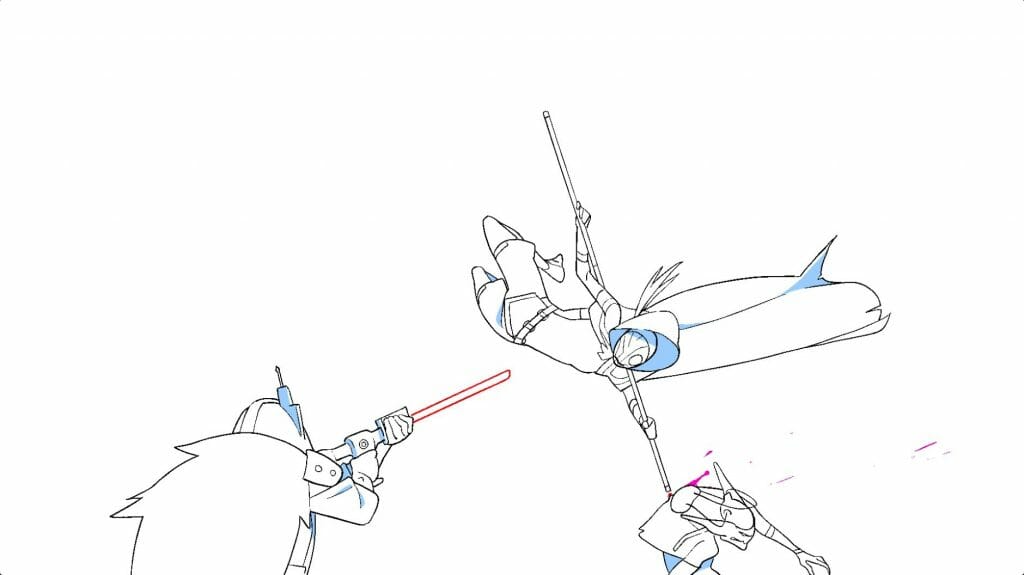
How did your studio get involved with Heart Machine?
Alx Preston (creator of Heart Machine, Hyper Light Drifter, Solar Ash) and I are actually close friends; we’ve known each other for years. We used to get together, and I would show him clips from Naruto and rant about all of the animation that I loved there. Aside from being friends, Alx had seen my work on Castlevania, and we’d talked about working together at some point.
Last year, he came to me with Hyper Light Breaker. It seemed like a pretty simple project, so I figured we could get it done quickly. Of course it blew up into something much more complicated than I expected.
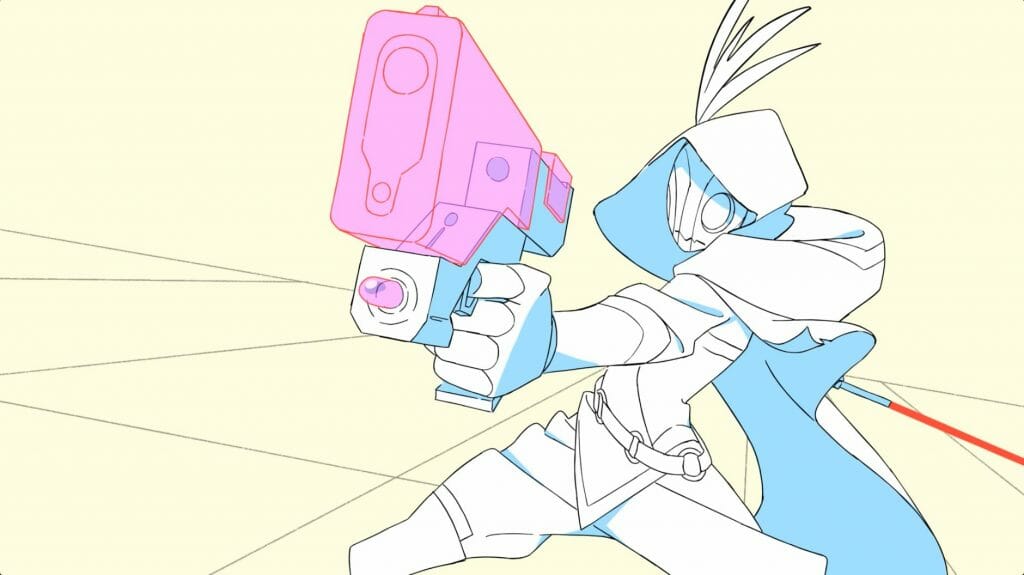
Does the process of creating a game trailer differ at all from how you would work on other projects, like a series?
It’s about the same. I had worked on game trailers before while at Powerhouse Animation. The process is almost identical to the process of working on a series or film, but for different projects you’ll receive different materials to work with. For example: when we worked on the Hades trailer we were given only the script. But for Hyper Light Breaker, Alx brought me an animatic that had already been created by Heart Machine’s animator, Sean Ward.
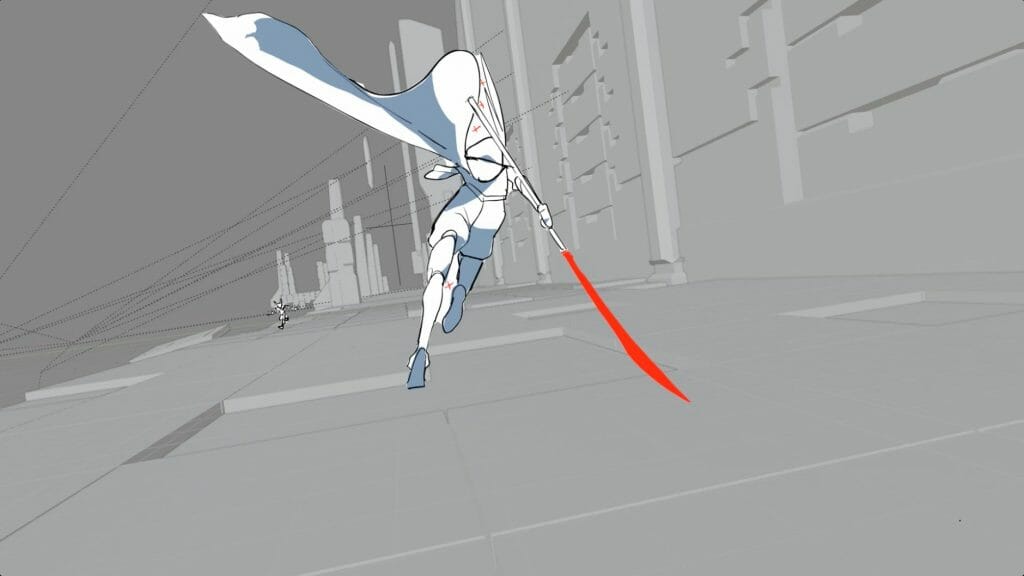
I know your work on the trailer was in collaboration with Heart Machine. Could you share a bit about how you collaborated with Heart Machine?
Heart Machine was actually pretty involved with the animation process. Like I mentioned earlier, Alx brought us an animatic to work with. I gave the animators a lot of room to improvise from it, because I wanted to see what would happen if they had more creative freedom. Heart Machine also provided us with a 3D model, so instead of having a background team everyone on the team started messing around with 3D cameras. I actually had to learn that myself.
Heart Machine stayed involved throughout the whole production. Alx set up a Slack channel and so we were able to communicate openly with every person on their team. We often went back and forth on things; if there was an issue with the camera, their 3D modeller would change the model for me. They poked me for more feedback than I was used to; they wanted to know what I thought of the music. I’ll be honest — this level of involvement and collaboration ended up being a bit chaotic at times, but it was also interesting.
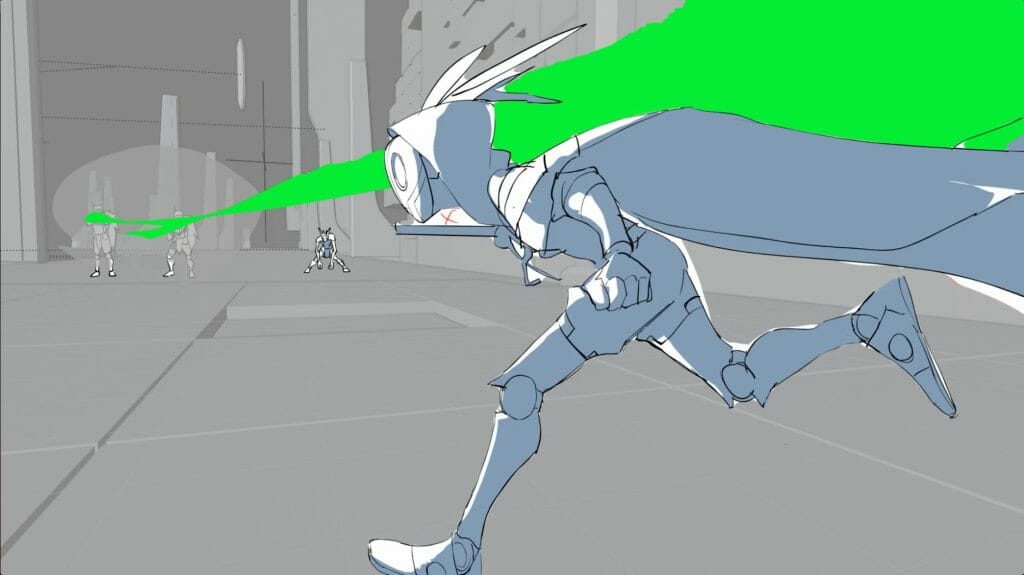
Why did you choose to use Toon Boom Harmony for this project?
On previous projects I had let animators run wild, using whatever software they wanted. I liked giving the artists this freedom, but I was finding that the mixture of softwares kept clogging up our pipeline.
I’m most comfortable working in Harmony, and so is Tam Lu, the co-director that I brought onto Hyper Light Breaker. To simplify things, I requested that everyone work in Harmony for the trailer. Some people were using it for the first time, like I ended up teaching people about the paint unpainted tool within the last few months of the project. It’s a big software to learn.
Harmony was especially good for this project because you can animate in 4K with it, and at unusual frame rates. I’ve mentioned this before, but the palettes are useful. Being able to just pass around a palette file rather than having everyone colour pick from an image is much more efficient. Another benefit of using Harmony was the ability to export without antialiasing, which was important for our compositing pipeline.
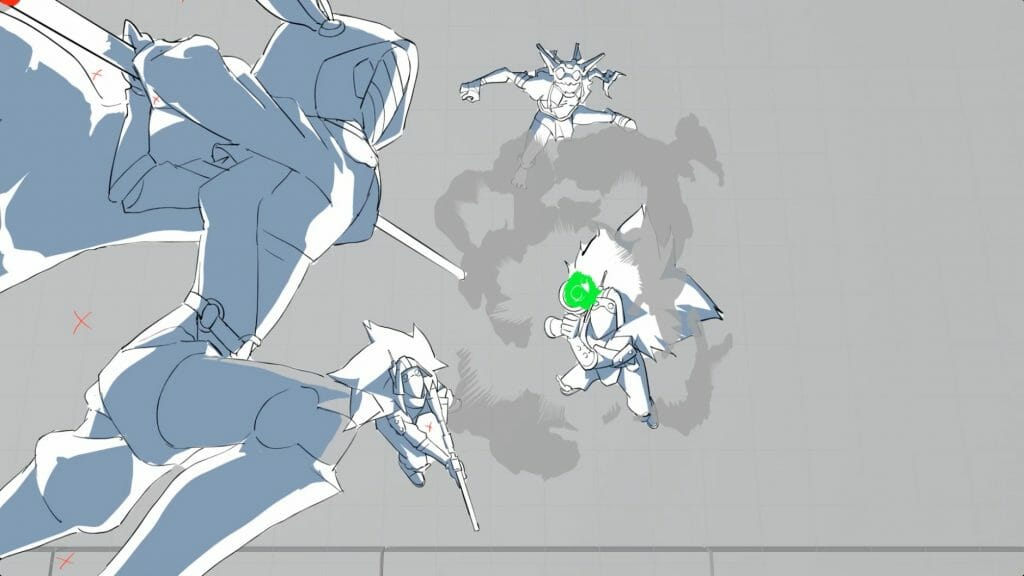
Were there any surprises or challenges that your team had to overcome in making the Hyper Light Breaker trailer?
I let the animation team run wild. So sometimes we would get animation back that wasn’t quite right for the project and needed to be adjusted to fit the tone. Things moved along a bit slower because of that, and just a few weeks before the deadline we were still missing one scene.
I had to contact Weilin Zhang at literally the last minute to have that scene animated. He did it in two weeks. By the time his scene was done, the deadline was about a week out. The scene still needed to go through clean up, so I decided to use an unusual tactic. I split Weilin’s scene into a bunch of different clean up files and sent one to every single person on the team.
We all did cleanup simultaneously, which meant that half the cleanup artists were lacking any sort of context. All they knew was that they were cleaning up one or two characters on a blank background, but they had no idea what it all looked like together. Luckily our cleanup artists are good, so this didn’t matter much. We got the whole scene done in two days, which put us right back on schedule.
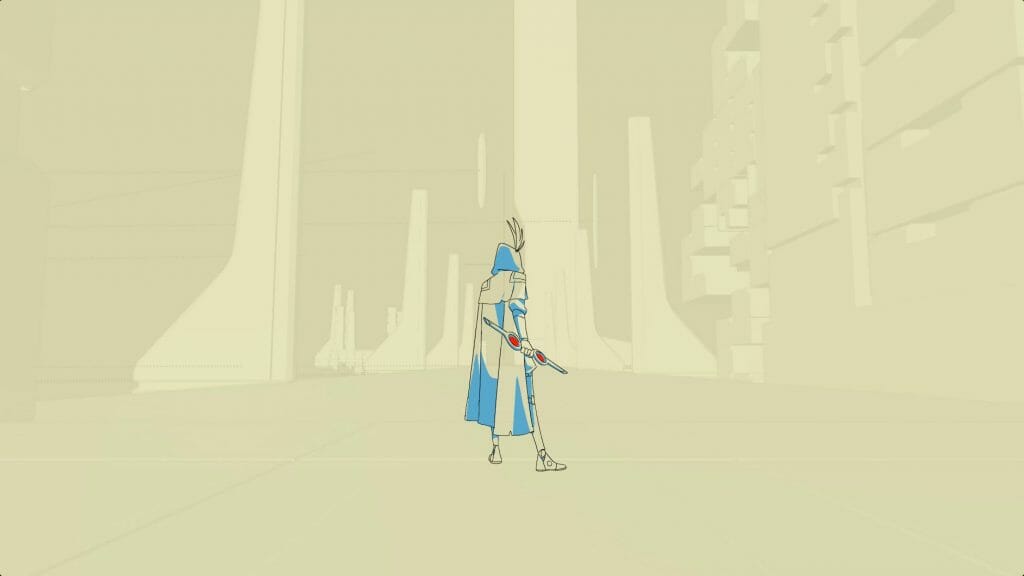
What advice do you have for artists interested in working in animation?
I always give the same advice when I’m asked this question. I think the most important thing is to focus on building your skill rather than chasing a job. It’s great to have a goal to work for a specific company or studio, but you don’t want to get hung up on it. Just focus on your work and putting it out there. Eventually someone will notice.
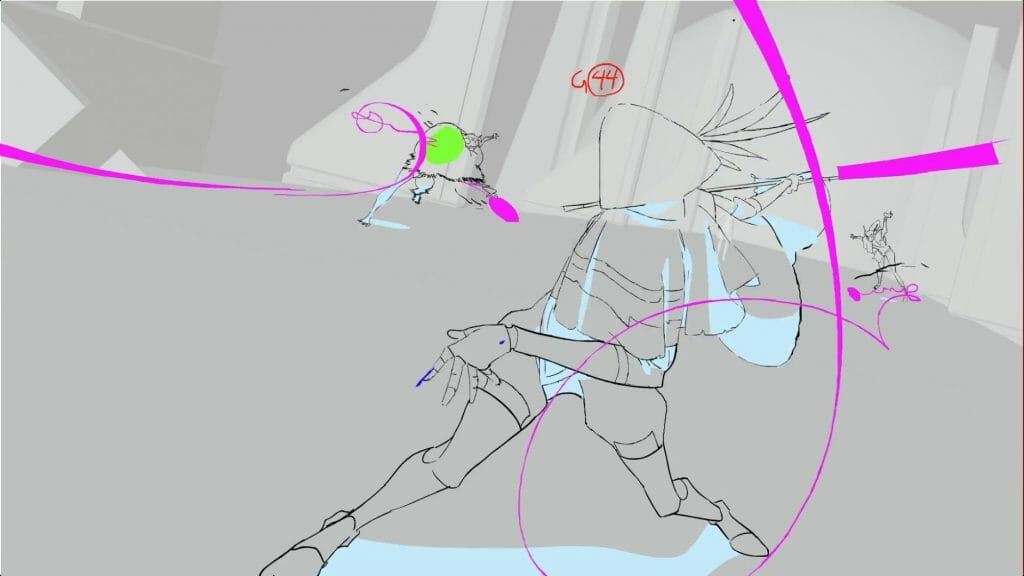
- Curious about Hyper Light Breaker? Enter the Overgrowth on Heart Machine’s official website.
- Want to see more work from Studio Grackle? Read our previous interview with Spencer Wan on Hades.
- Ready to animate your next project in Harmony Premium? Download a 21-day free trial.

